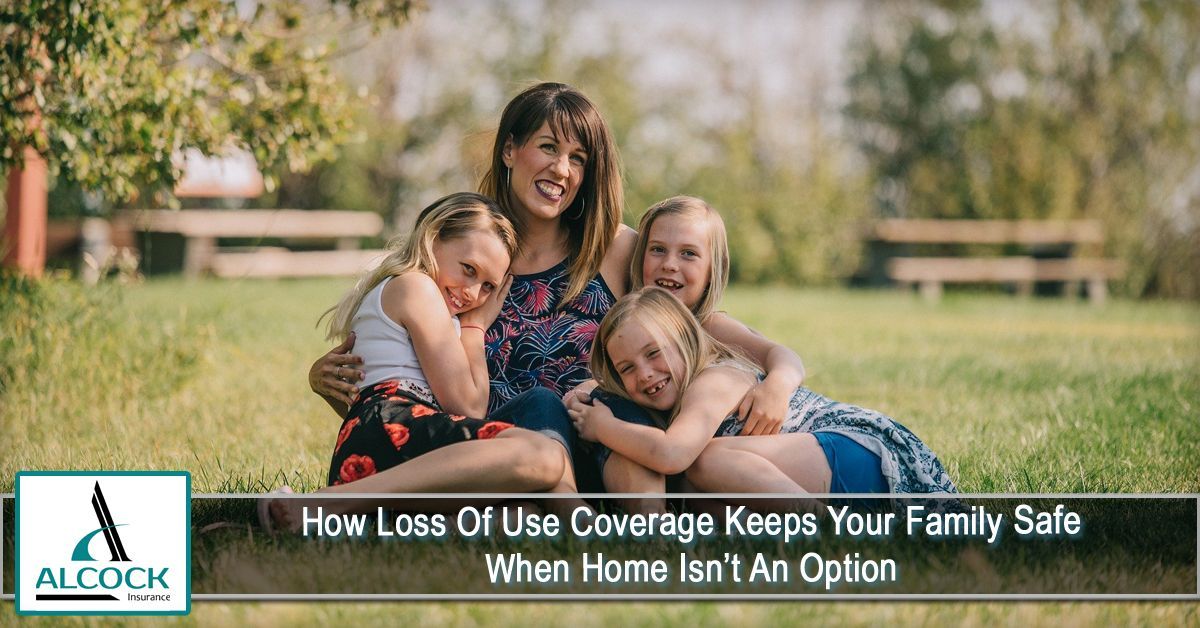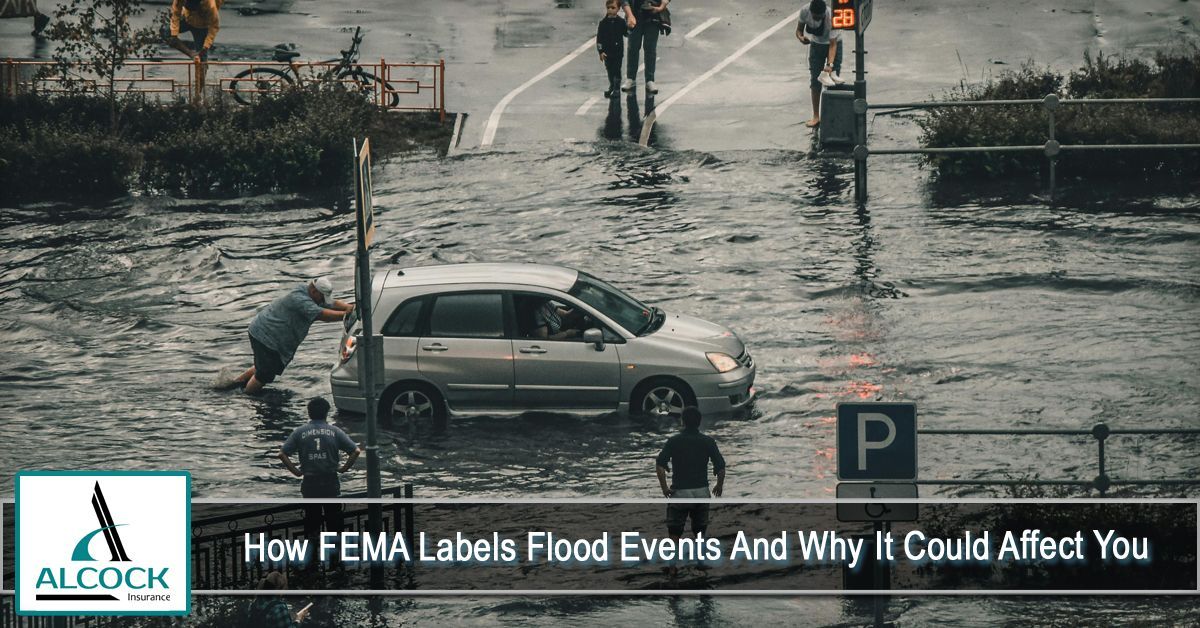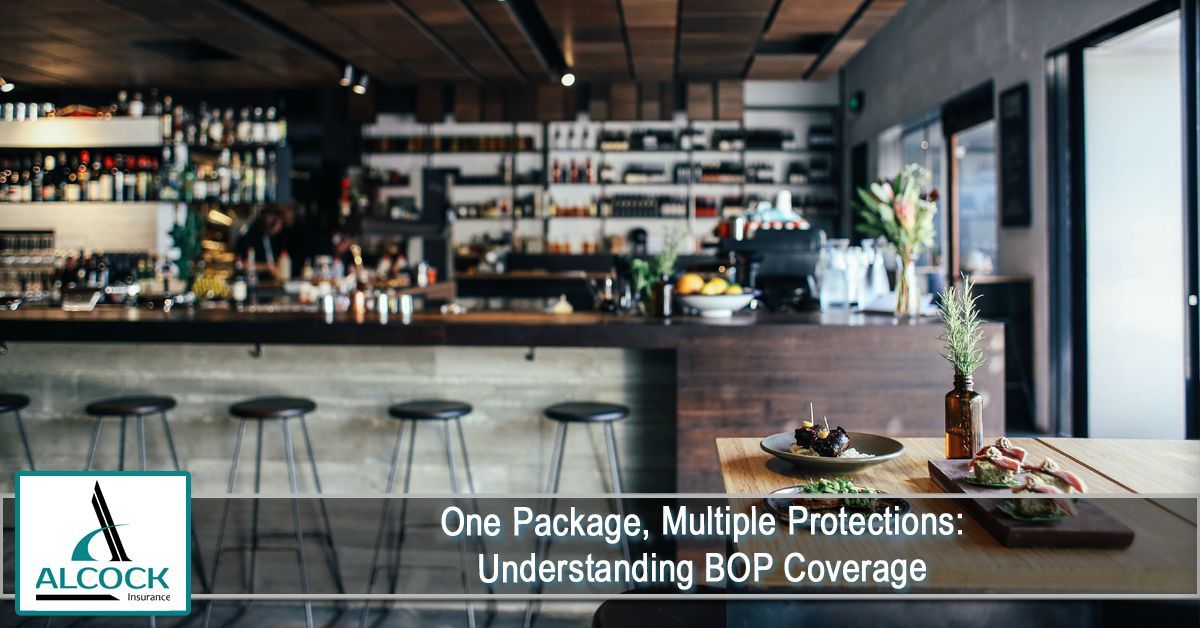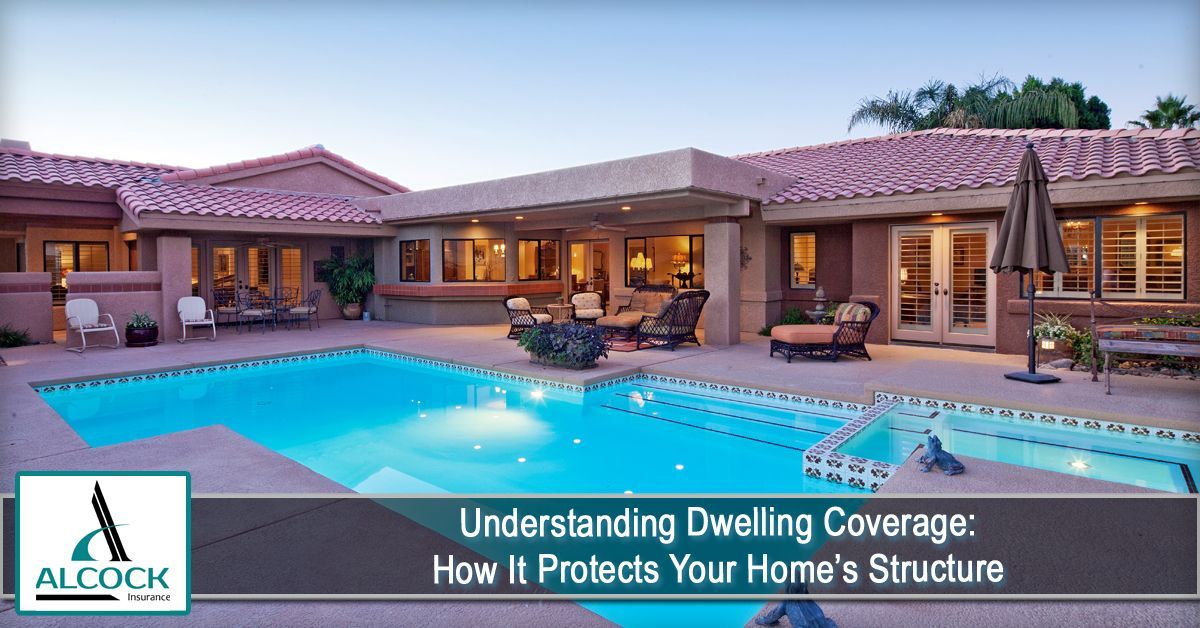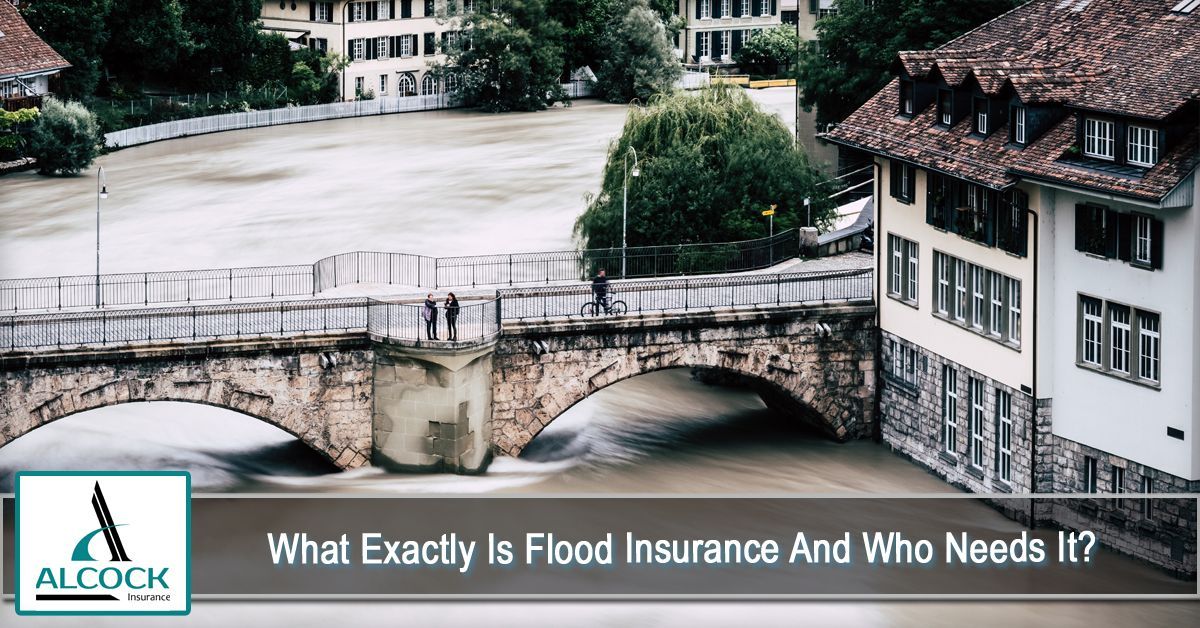
Flooding is one of the most common and costly natural disasters in the United States, causing billions of dollars in damage every year. Yet, many homeowners are surprised to learn that standard home insurance policies do not cover flood damage. That’s where flood insurance comes in.
If you’re wondering what flood insurance actually covers—and whether you need it—here’s a breakdown.
What Is Flood Insurance?
Flood insurance is a specialized policy that provides financial protection against damage caused by flooding. It is typically offered through the National Flood Insurance Program (NFIP), backed by the Federal Emergency Management Agency (FEMA), as well as private insurers.
What It Covers:
1.Building Coverage
- Structure of your home (foundation, walls, plumbing, and electrical systems).
- Permanently installed features like water heaters, central air systems, and built-in appliances.
- Coverage limit: Up to $250,000 for residential properties under NFIP.
2. Contents Coverage
- Personal belongings (furniture, clothing, electronics, and certain appliances).
- Valuables like artwork and jewelry (with sub-limits).
- Coverage limit: Up to $100,000 for residential contents under NFIP.
Who Needs Flood Insurance?
1.Homeowners in High-Risk Flood Zones
- If you live in a Special Flood Hazard Area (SFHA), flood insurance is often required by lenders when you take out a federally backed mortgage.
- These areas are more likely to experience flooding due to their proximity to rivers, lakes, or coastal zones.
2. Homeowners in Moderate- or Low-Risk Areas
- FEMA estimates that over 20% of flood claims come from properties outside high-risk zones.
- Even if not required, it can be a smart investment for peace of mind.
3. Renters
- Renters can purchase contents-only flood insurance to protect personal belongings.
- The landlord’s policy typically covers only the building, not tenants’ possessions.
4. Businesses
- Commercial flood insurance is available to protect business property, equipment, and inventory.
5. Property Owners Who’ve Received Federal Disaster Aid
- If you’ve previously received disaster relief for flood damage, you may be required to maintain flood insurance to qualify for future federal assistance.
What Flood Insurance Doesn’t Cover
- Temporary housing or additional living expenses (unless provided by private policies).
- Landscaping, decks, patios, fences, or swimming pools.
- Cars or other vehicles (covered under auto insurance with comprehensive coverage).
- Damage caused by sewer backups (unless directly caused by flooding).
Why Flood Insurance Matters
- Financial Protection:
Just one inch of water in a home can cause over $25,000 in damage.
- Limited Federal Aid: Disaster assistance is often a loan, not free aid. Flood insurance provides direct compensation.
- Peace of Mind: It ensures you can rebuild and replace belongings without draining your savings.
Conclusion
Flood insurance is more than just a safeguard—it’s a necessity for those in high-risk flood zones and a wise choice for many others. Since standard homeowners insurance does not cover flood damage, securing flood insurance helps protect both your home and your financial future.
The takeaway: Even if you’re not required to have it, flood insurance offers invaluable protection against one of nature’s most unpredictable and devastating forces.
At Alcock Insurance, we are committed to offering our clients a wide range of comprehensive and affordable insurance policies. We go above and beyond to ensure that we meet your unique needs with tailored solutions. To find out more about how we can assist you, please reach out to our agency at (252) 353-1700 or CLICK HERE to request a free, no-obligation quote.
Disclaimer: The content provided in this blog is for informational purposes only and should not be considered professional advice. For personalized guidance, it is important to consult with a qualified insurance agent or professional. They can offer expert advice tailored to your individual situation and help you make well-informed decisions about your insurance coverage.


